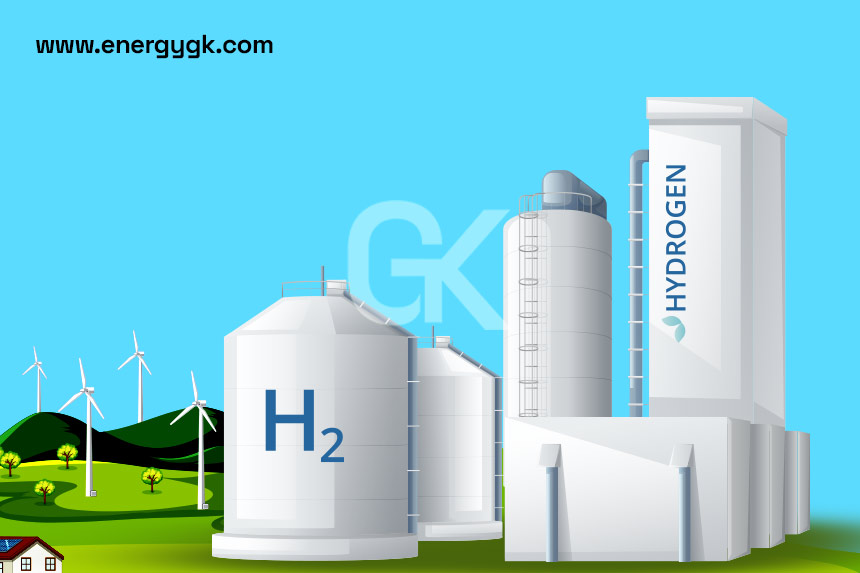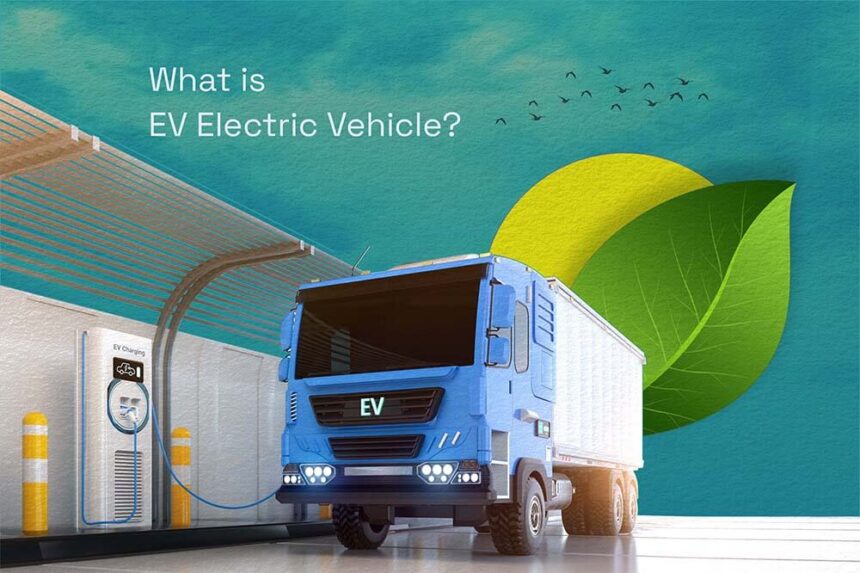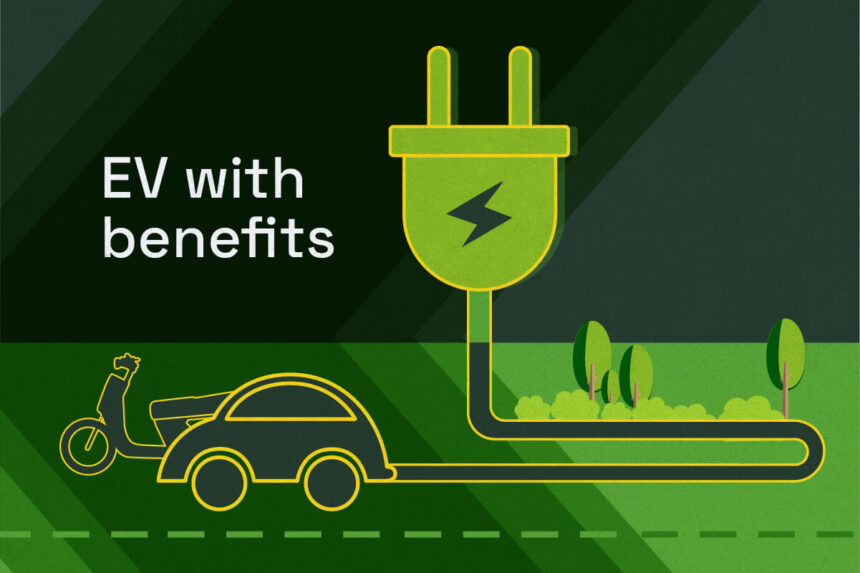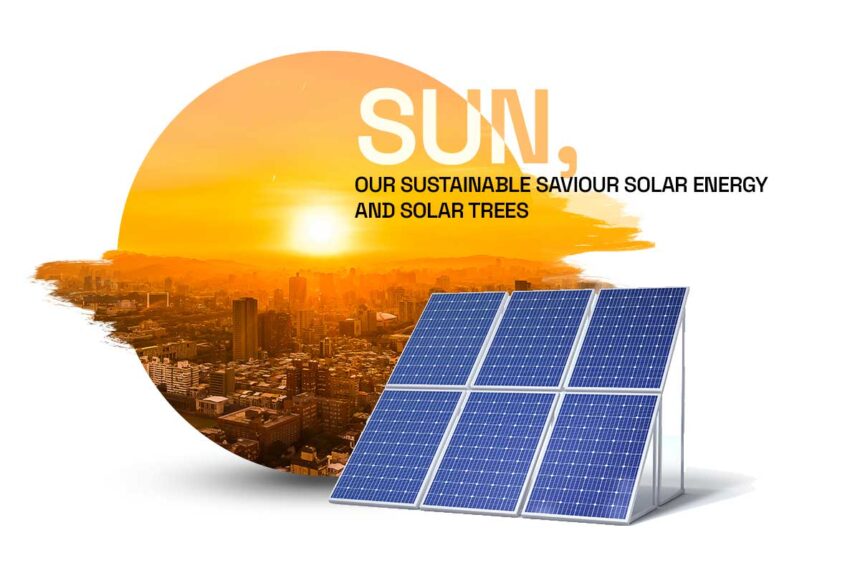In a world grappling with the existential threat of climate change, the pivotal role of sustainable energy in our fight against this global crisis cannot be overstated. As temperatures rise, ice caps melt, and extreme weather events become more frequent, the need for swift and decisive action has never been more urgent. This article delves into the multifaceted landscape of sustainable energy, shedding light on its significance, benefits, challenges, and the transformative potential it holds for a sustainable future.
Understanding Climate Change and Its Impacts
Climate change, driven primarily by human activities such as burning fossil fuels and deforestation, has led to a myriad of environmental and societal challenges. From rising sea levels that endanger coastal communities to disruptions in agricultural patterns that threaten food security, the consequences of unchecked climate change are far-reaching and profound. The imperative to mitigate these impacts compels us to rethink our energy systems.
The Role of Energy in Climate Change
Energy production stands as one of the chief contributors to greenhouse gas emissions, which trap heat in the atmosphere and fuel global warming. The traditional reliance on fossil fuels, such as coal, oil, and natural gas, not only perpetuates this cycle but also depletes finite resources. As we confront the urgency of climate change, transitioning to sustainable energy sources becomes an imperative course of action.
Defining Sustainable Energy
At its core, sustainable energy encompasses sources that have minimal environmental impact, ensure long-term availability, and contribute to a resilient energy grid. Solar, wind, hydro, and geothermal power are among the leading examples of sustainable energy sources. These alternatives harness the Earth’s natural processes without releasing harmful pollutants or depleting non-renewable reserves, thus aligning with the principles of ecological balance.
Benefits of Sustainable Energy
The benefits of adopting sustainable energy are manifold. Foremost is the significant reduction in carbon emissions and air pollution, which are essential for curbing the progression of climate change and improving air quality. Additionally, the shift to sustainable energy enhances energy security by diversifying supply sources and lessening dependence on geopolitically unstable regions. Furthermore, it drives economic growth by fostering innovation, creating jobs, and catalyzing local development.
Challenges in Implementing Sustainable Energy
While the promise of sustainable energy is undeniable, several challenges must be addressed to facilitate its widespread adoption. Technological barriers, including the intermittent nature of some renewable sources and the need for efficient energy storage solutions, demand continued research and development. Overcoming policy and regulatory hurdles, which often favor conventional energy industries, is also pivotal in creating an enabling environment for sustainable energy transition.
Global Efforts and Agreements
The global community has not been idle in recognizing the urgency of sustainable energy adoption. The Paris Agreement, a landmark international accord, seeks to limit global warming to well below 2 degrees Celsius above pre-industrial levels. This ambitious target has galvanized countries to commit to transitioning to sustainable energy sources and to reduce their carbon footprints. As the world’s most significant emitters gradually shift towards renewable energy, the path to a sustainable future becomes more attainable.
Innovations in Sustainable Energy Technologies
Remarkable strides have been made in sustainable energy technologies, propelling us closer to a cleaner and more efficient energy landscape. Advances in solar panel efficiency have made solar power a viable and accessible option for many regions. Breakthroughs in energy storage solutions, such as advanced batteries and grid-scale storage systems, address the intermittent nature of renewable sources, ensuring a stable and reliable energy supply.
Transitioning to Sustainable Energy: Steps and Strategies
Effecting a comprehensive transition to sustainable energy requires a multifaceted approach. Developing renewable energy infrastructure, including expanding wind and solar farms, and retrofitting existing buildings for energy efficiency, are crucial steps. Simultaneously, promoting energy conservation through public awareness campaigns and incentivizing sustainable practices can significantly reduce energy consumption and its environmental impact.
Success Stories and Case Studies
Around the world, inspiring success stories and case studies underscore the tangible benefits of sustainable energy adoption. Consider Iceland, a nation powered almost entirely by geothermal and hydroelectric energy, showcasing the potential for self-sufficiency and reduced carbon emissions. Similarly, countries like Denmark and Germany have demonstrated how wind and solar energy can drive economic growth while reducing reliance on fossil fuels.
Economic Viability and Job Creation
Contrary to skepticism, sustainable energy offers a promising economic landscape. It generates a surge in job opportunities across various sectors, from manufacturing and installation to research and development. Investments in renewable energy projects not only spur local economies but also establish a foundation for long-term sustainable growth, fostering a harmonious synergy between environmental stewardship and economic prosperity.
Empowering Individuals and Communities
The paradigm shift towards sustainable energy isn’t solely the domain of governments and industries—it hinges on individual and community-level action. By making conscious choices, such as opting for solar panels or energy-efficient appliances, individuals contribute to reducing carbon footprints and driving demand for clean energy. Decentralized energy production, facilitated by technologies like rooftop solar panels, empowers communities to become energy producers, fostering resilience and self-sufficiency.
Overcoming Skepticism and Resistance
The transition to sustainable energy isn’t without its skeptics and obstacles. Misconceptions about the reliability and affordability of renewable sources persist, often perpetuated by entrenched interests in the fossil fuel industry. It’s crucial to engage in open and informed dialogues, dispelling myths and highlighting the tangible benefits of sustainable energy, from improved air quality to long-term cost savings.
Future Prospects and Targets
As the world navigates the complexities of combating climate change, the future holds immense promise. The gradual integration of sustainable energy into our energy mix paves the way for a carbon-neutral future, where the environmental toll of energy production is minimized. Bold targets, such as achieving net-zero emissions, spur innovation and collaboration, positioning us to address climate change’s intricacies with determination and resolve.
Conclusion
In the face of an ever-accelerating climate crisis, sustainable energy emerges as a lighthouse guiding us towards a more secure, resilient, and harmonious future. Its pivotal role in combating climate change cannot be overstated, offering a pathway towards reducing carbon emissions, enhancing energy security, and fostering economic prosperity. By championing sustainable energy, individuals, governments, and businesses alike can collectively reshape the trajectory of our planet and forge a legacy of stewardship for generations to come.
FAQs:
- Why is sustainable energy important for addressing climate change? Sustainable energy helps reduce greenhouse gas emissions, mitigate environmental impacts, and ensure a more sustainable future for our planet.
- What are some examples of successful sustainable energy transitions? Iceland’s geothermal and hydroelectric reliance and Denmark’s wind energy initiatives showcase successful transitions to sustainable energy.
- How can individuals contribute to the adoption of sustainable energy? Individuals can support sustainable energy by using energy-efficient appliances, installing solar panels, and advocating for clean energy policies.
- What role does sustainable energy play in job creation? Sustainable energy projects create jobs in manufacturing, installation, research, and more, contributing to economic growth and stability.
- How can governments incentivize the adoption of sustainable energy? Governments can implement policies such as renewable energy subsidies, carbon pricing, and energy efficiency incentives to promote sustainable energy adoption.







